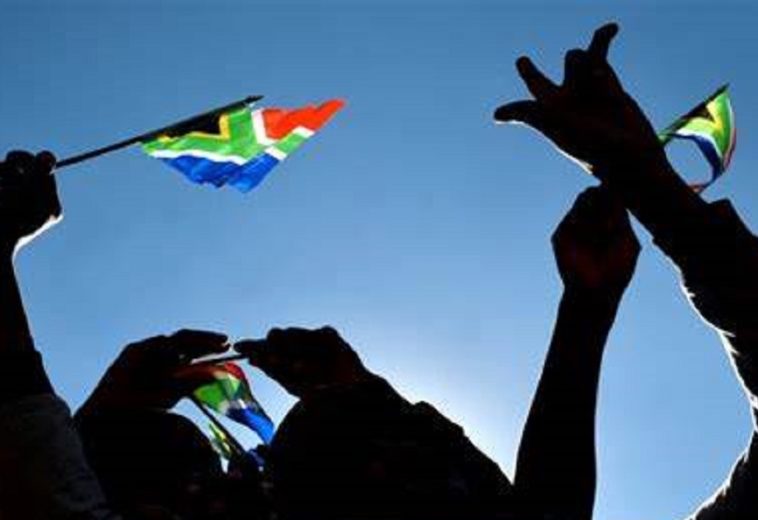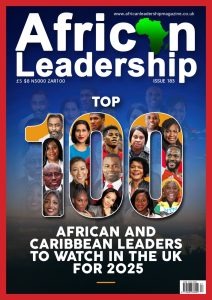The 21st century has brought about a growing demand for a workforce equipped with skills suited to the digital age. Africa’s quest for development hinges on placing education at the heart of its growth strategies. The state of primary and secondary education remains both a beacon of hope and a critical area for reform.
According to a 2023 UN report, Africa has the world’s largest population of young people, with over 60% of its population under the age of 25. By the end of the century, 42% of the global working-age population will be African. This presents a unique opportunity but also poses significant challenges for the continent.
One of the most pressing challenges is educating this rapidly growing young population. According to UNESCO, nearly 260 million children and adolescents worldwide are out of school, with around 100 million of them in Africa. Furthermore, 86% of 10-year-olds on the continent cannot read or comprehend simple texts.
This lack of access to quality education is a foundational issue that underpins many of Africa’s challenges, including economic development, social cohesion, and political stability.
Despite the gravity of the situation, Africa has made considerable progress. School completion rates have increased between 2000 and 2022. Primary school attendance has risen from 52% to 69%, lower secondary from 35% to 50%, and upper secondary from 23% to 33%. Notably, there have also been significant strides in girls’ education.
However, access to primary and secondary education remains uneven. Countries such as Rwanda and Ethiopia have made notable progress in enrolling more children in schools. Yet, other nations, particularly those affected by conflict or poverty, lag behind. Rural areas face the greatest disparities, with a lack of infrastructure and cultural barriers, particularly for girls, hindering educational access.
In addition to access, the quality of education is a major concern. Many African schools struggle with overcrowded classrooms, inadequate resources, and poorly trained teachers. The African Development Bank has highlighted that in some countries, a large proportion of teachers are not adequately qualified to deliver effective instruction.
Another issue is that education curricula in many African countries are often misaligned with the skills required in the modern job market. As a result, many graduates are unprepared for the workforce, contributing to high rates of youth unemployment, with many struggling to find jobs that match their qualifications.
Efforts to reform education systems are underway, with governments and organisations implementing initiatives to improve teacher training, modernise curricula, and integrate technology. UNESCO and its partners have developed indicators to help governments, donors, and UN partners address educational challenges more effectively.
The adoption of technology in education has been pivotal in bridging gaps in access and quality. E-learning platforms, mobile education apps, and digital resources are emerging as vital tools. Organisations like Plan International and UNICEF are also working to dismantle gender barriers in education by advocating for policies that support girls’ education and empower female students.
The state of primary and secondary education in Africa reflects both the continent’s challenges and its potential. As Africa strives to educate its young population, improving access to and the quality of education will be key. With concerted efforts and innovative approaches, the vision of an educated Africa can become a reality—one that not only transforms individual lives but also drives sustainable development and prosperity across the continent.




